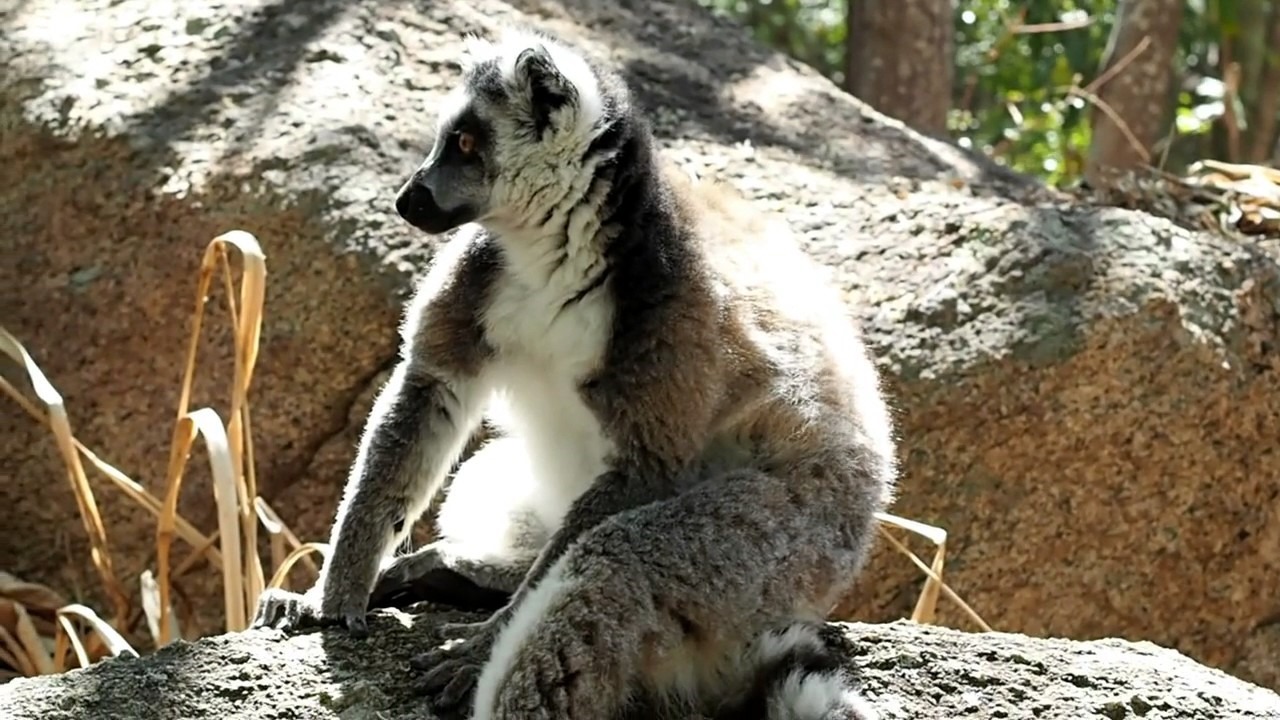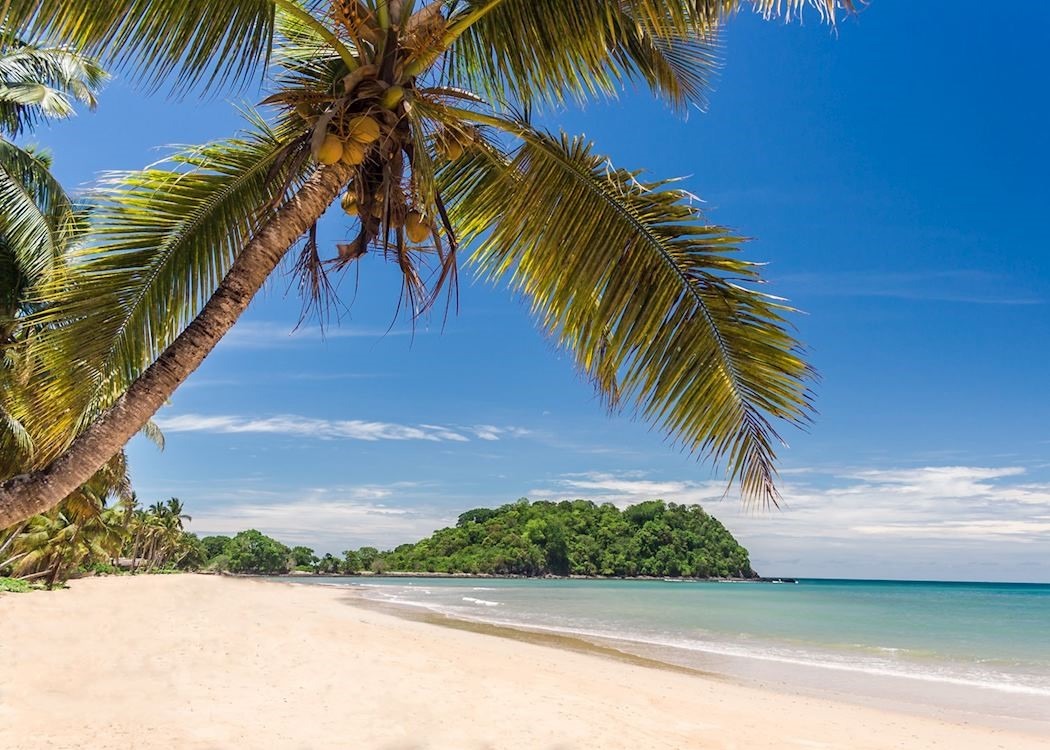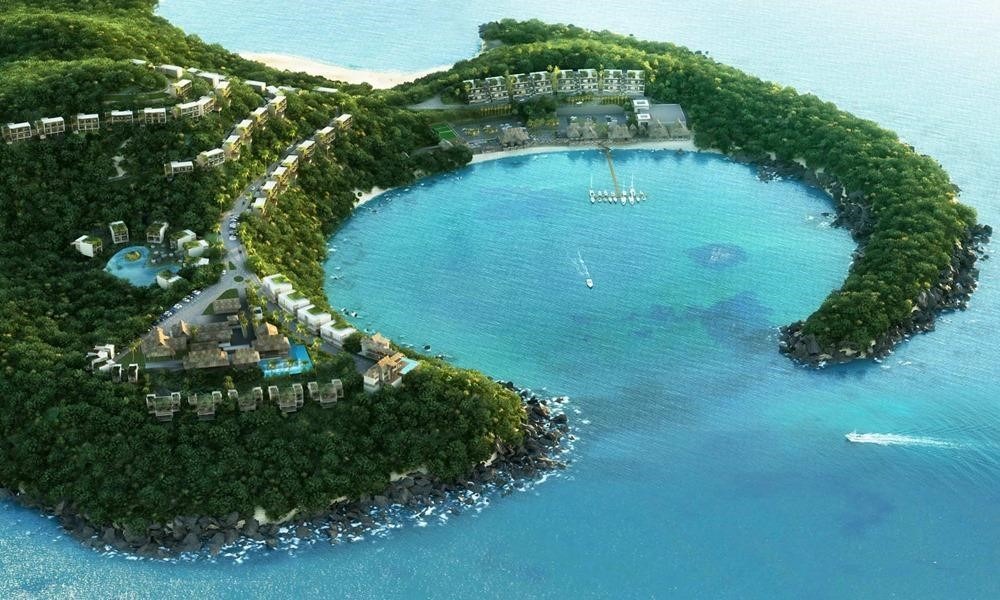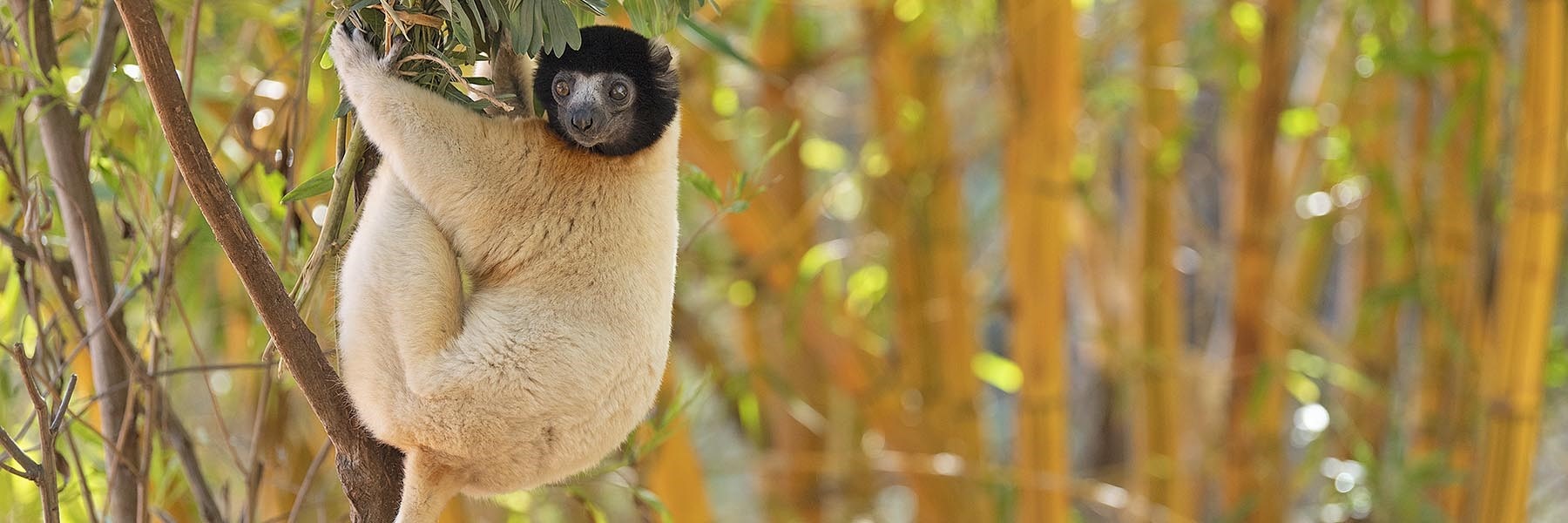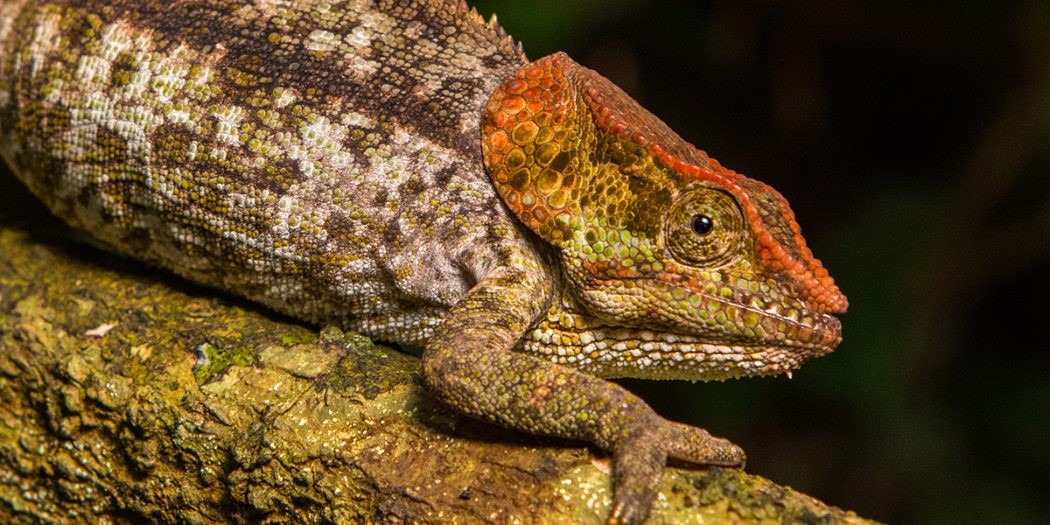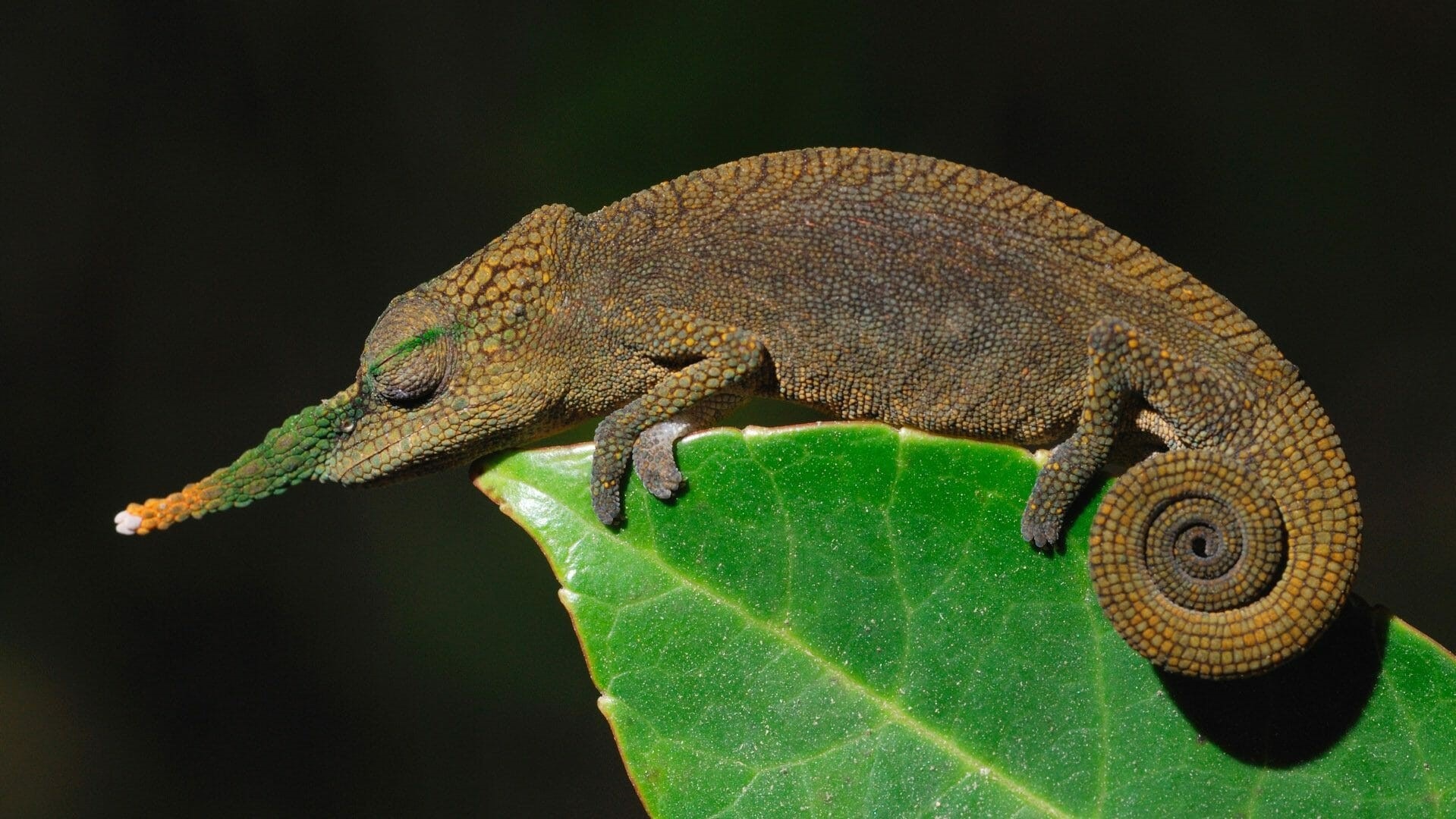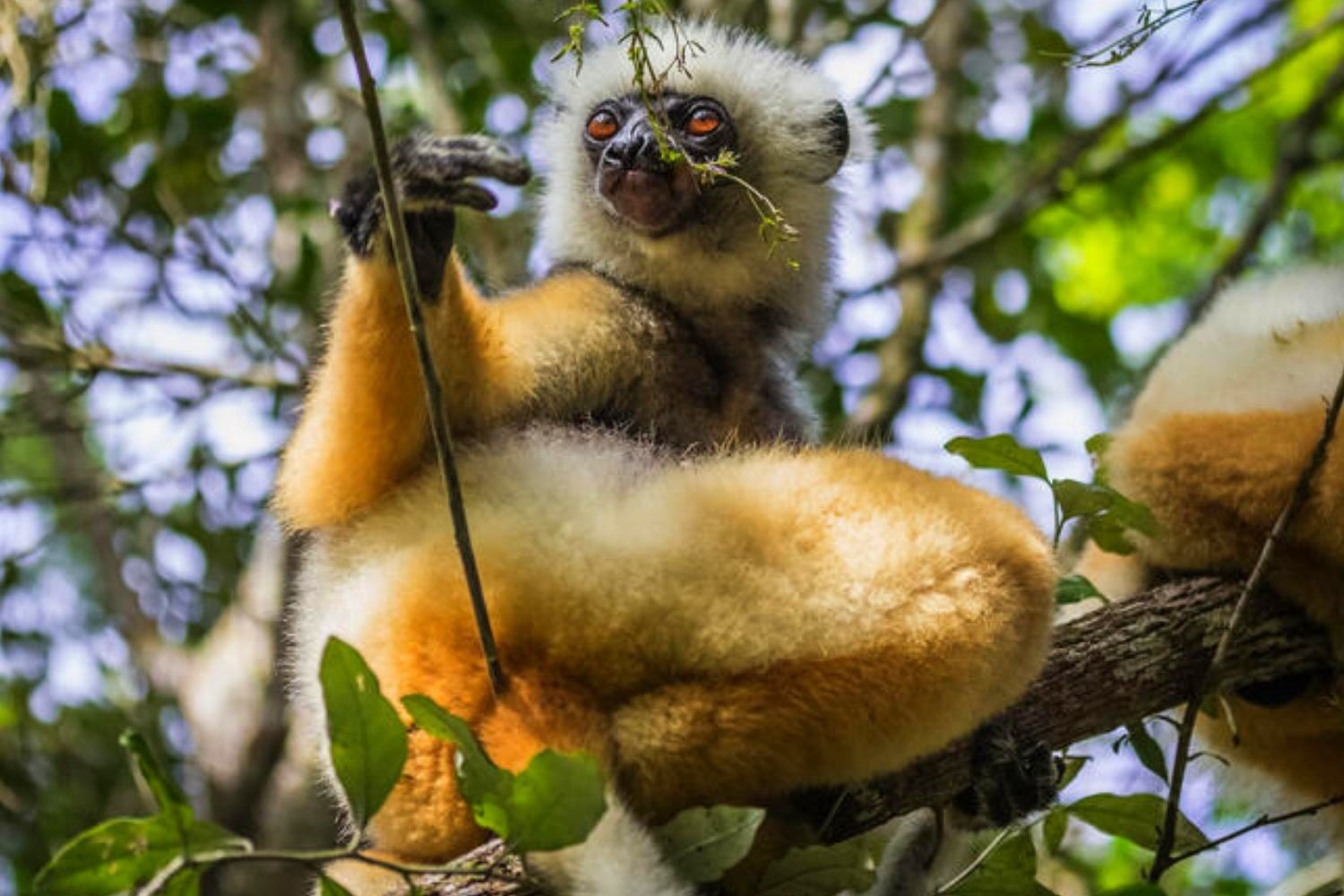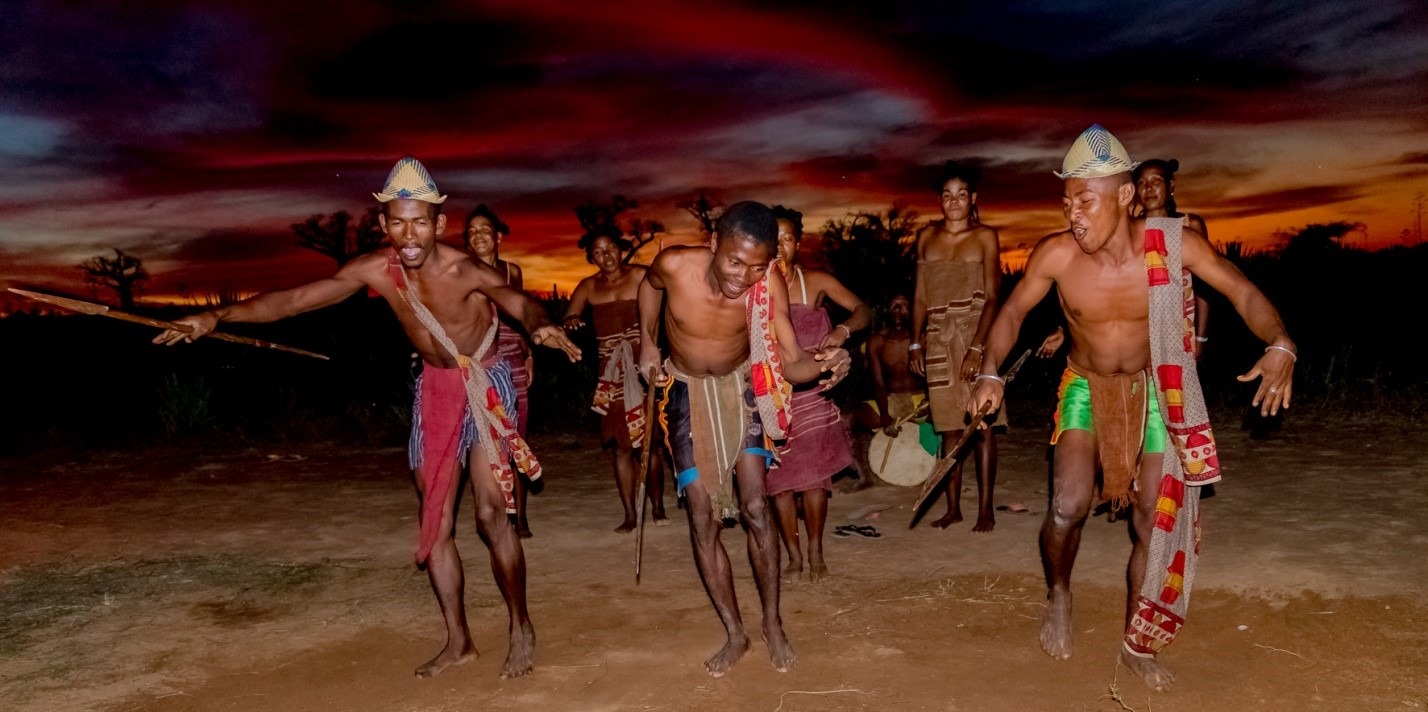Over 80% of the flora and fauna species found in Madagascar are thought to be endemic to the island nation, which is home to 5% of the world’s species overall. Only the bat species are found elsewhere in the globe among the mammal species in Madagascar; all other mammal species are endemic to this remarkable island. On Madagascar, endemic species make up about 65% of the bird species. There are 70 different types of lemurs exclusively found on this island, from acrobatic sifakas to rodent-like aye-ayes that the locals have historically thought to be bad omens.
Along with other rare wildlife species, Madagascar is also the final remaining home of the world’s largest bird, the elephant bird. The island is home to the widest variety of chameleons in the world, including both the largest and smallest species. Additionally, Madagascar has a remarkable variety of plant life, including several indigenous Baobab tree species.
Montagne d’Ambre National Park is a beautiful wilderness region in northern Madagascar that spans 18,200 hectares and is mostly made up of lush highland rainforest. Along with a variety of other uncommon and exotic bird, plant, and animal species, the park is home to lemurs and the smallest chameleons in the world. Crater lakes, sacred caverns, waterfalls, and extraordinary fauna can all be found in Montagne d’Ambre National Park. This stunning wildlife park is home to some of Madagascar’s highest levels of biodiversity, including 59 species of reptiles, 25 species of mammals, 34 species of amphibians, and 75 species of birds.
On Madagascar’s east coast, in the Pangalanes Channel, next to the Ampitabe lake and the Indian Ocean, is the exclusive Palmarium Park, also known as Akanin’ ny Nofy. Many of Madagascar’s indigenous plant and animal species, including rare palm trees, orchids, mahogany trees, reptiles, and various species of lemurs, may be found in the park.
Nosy Be The largest of the offshore islands belonging to Madagascar is called Madgascar’s Island, also known as Nosy Manitra. This lovely tropical island, 15 kilometers from the Madagascar mainland, is dotted with vibrant bougainvillea and palm trees. Nosy Be is an unhurried island with rich marine life, unspoiled beaches, and crystal-clear seas that are ideal for snorkeling, diving, and kayaking. Whales, dolphins, whale sharks, turtles, and colorful corals and fish are among the marine life that can be found around Nosy Be and the other islands. On Nosy, you may also visit the Ylang Ylang distillery, climb Mount Passot or Mount Lokone for sweeping views of the coastline, sample some local spices, and interact with the welcoming residents.
A popular place for whale watching, St. Marie Island is located off the east coast of Madagascar. It is also well recognized for its clean sandy beaches and untainted coral reefs. A vacationer’s delight, this beautiful island has a fascinating history and white sand beaches. You can go fishing, explore a pirate cemetery, snorkel from an offshore islet, go scuba diving, wander through cashew and cinnamon trees, or just unwind on the beaches of St. Marie.
One of Madagascar’s most popular national parks, Andasibe National Park, is home to a variety of rare, endemic, and endangered wildlife species. Eastern Madagascar’s Andasibe Park is home to a variety of wildlife, including nocturnal lemurs, Indri lemurs, brown lemurs, bamboo lemurs, numerous birds, and brightly colored chameleons.

Speak to an expert who's is there
Start planning your trip by contacting one of our Uganda Safaris specialists
